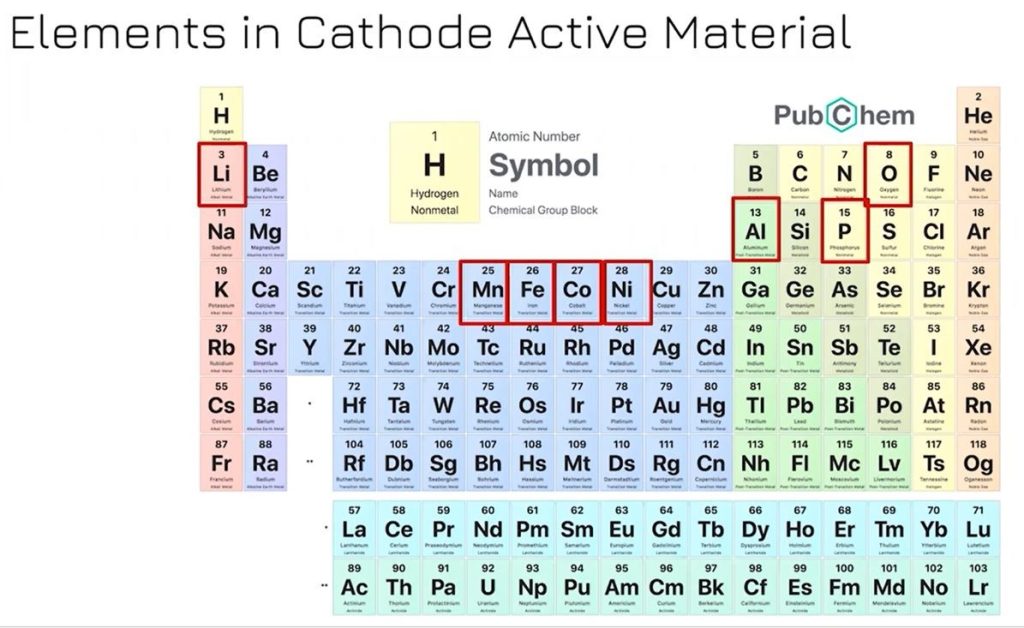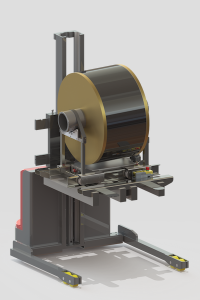Electrode Material Handling
Following on from an excellent course provided by Battery Associates I thought I would share some key takeaways from the perspective of materials handling in EV battery production and recycling facilities.

1. Clean & Dry
EV battery production is complex, very expensive and highly sensitive to particulate contamination and humidity.
These factors combine to make production processes extreme in terms of ‘clean & dry’.
When handling anode materials it is important to:
· Avoid direct human contact,
· Easily assign status of each component,
· Lift, move and store sensitive materials in a secure, highly controlled manner.
2. Core battery technology is evolving
Elements used in electrode production are changing. This has implications for power output, charge speed, safety, cost and environmental concerns. It also has implications for production lines in the new gigafactories that are being built around the world.
Investors setting up automated production lines to deliver one type of technology need to keep an eye on possible future requirements. Keeping some elements semi-automated with good handling solutions will enable greater future-proofing.
Aachen University is researching how ‘micro-environments’ for different stages of production might help maintain the clean & dry atmosphere, while reducing the energy requirements for maintaining optimum conditions. I believe that this approach could also provide greater flexibility of factory layout and future upgrades. However, moving between micro-environments will again require well designed lifting, moving and positioning aids that can be semi-automated.
3. Size Matters
EV Batteries and their components are large, delicate and tricky to handle. There are factors making these components ever larger for cars, let alone for commercial vehicles.
This size brings with it further complications from a materials handling point of view. Electrode materials can weigh up to 1000 kg. These materials need to be lifted, moved and positioned in a finely controlled manner.
4. Traceability and Status of Components Matter.
There is ever increasing scrutiny of each step in the supply chain for EV battery production. This comes from environmental, legal, political and cost considerations. Having solutions that enable components to be clearly marked and traced helps conformity to a variety of legislative, health and safety and other requirements.









